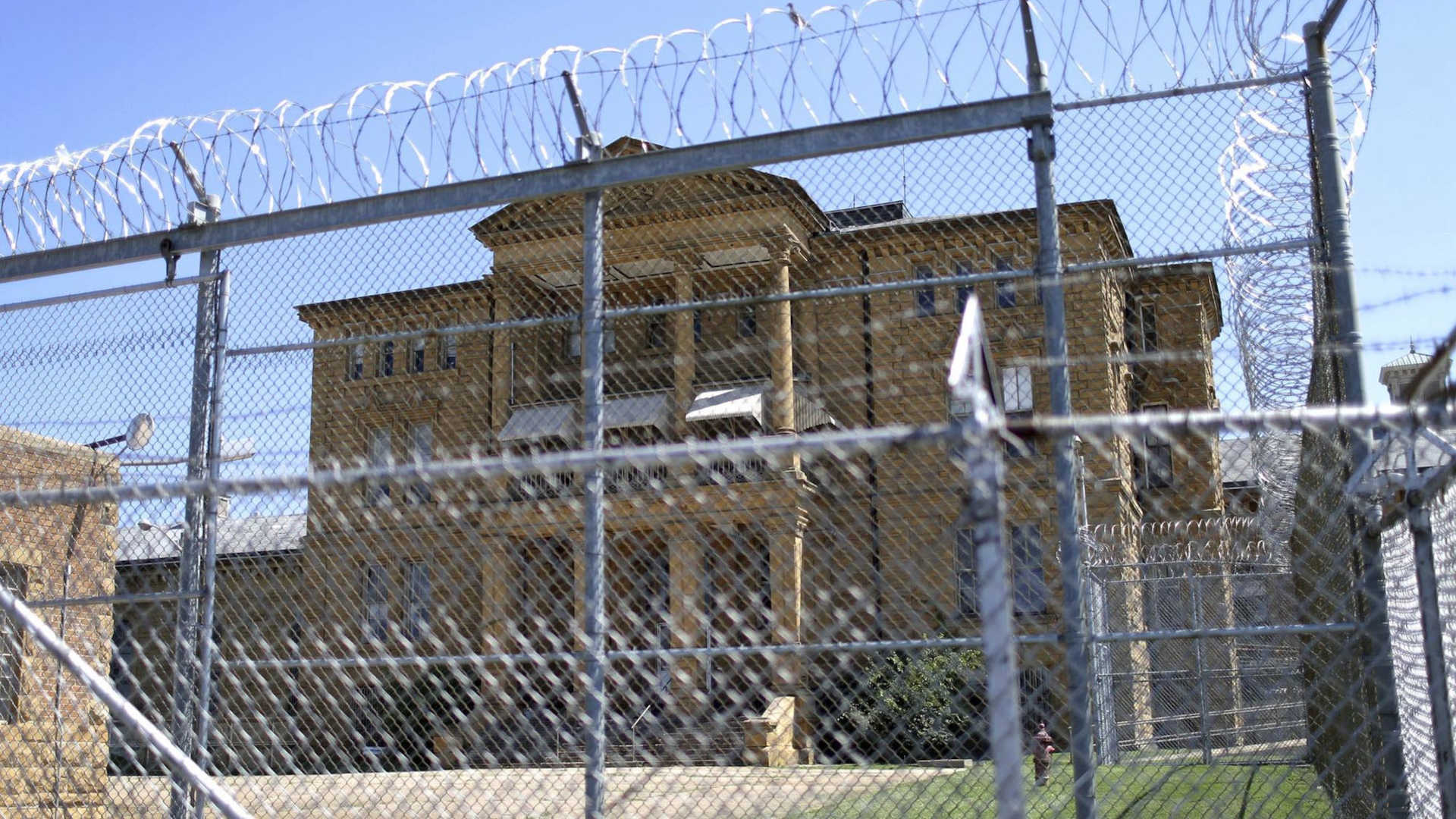
In 2021, conditions in U.S. prisons were especially dire. Covid-19 deaths behind bars continued to outpace Covid-19 deaths in the general population. At the same time, new incarcerations increased the prison population in many facilities to the same overcrowded levels as before the pandemic. Visitation was restricted, and prisoners were unable to social distance, were rarely given personal protective equipment such as masks, and were exposed to extreme conditions such as solitary confinement — a practice usually reserved for punishment — and facility-wide lockdowns in the name of disease containment. Additionally, they often had to cope with mourning the losses of those dying around them from Covid-19.
As public health researchers who founded the COVID Prison Project, our team suspected these conditions were harming incarcerated peoples’ mental health, so we decided to study changes in suicide rates in prisons during the pandemic. But we couldn’t, because we discovered that most states do not adequately report these data — violating federal legislation.
Suicides by individuals in custody should be rare. Those in prison are supposed to be under close surveillance and do not — or should not — have access to weapons such as firearms, which are used in over half of suicides in the non-incarcerated population. Yet suicides have been a leading cause of death in prison for years, in part because the stress, loss of autonomy, removal from social and family networks, and unpredictable living conditions create a perfect storm for mental health crises.
To document changes in suicide in prisons over the course of the pandemic, our team searched the websites of the 50 U.S. state Departments of Corrections for statistical reports and public-facing press releases for this information. We also sent all systems Freedom of Information Act requests, which require these public institutions to release their data. As we reported in a recent article in PLOS One, 13 states provided no suicide data at all. Eight states provided incomplete or outdated data, often providing no data from the pandemic from 2020 or 2021.
In fact, only 16 states provided data that were usable for public health: data that were provided in recent years, were updated at least monthly, came from the facility or individual level, and were provided freely in statistical reports or press releases. However, even some states that did all this had inconsistent data. The Georgia Department of Corrections, for example, documented no suicides in their press releases from 2020, whereas investigative reporting by the Atlanta Journal-Constitution identified 30 suicides that occurred that year in Georgia state prisons. And the suicide counts that Washington state shared with our team did not match numbers from its own statistical reports.
Furthermore, only six states released data on suicide attempts, and only three provided data on housing status, including solitary confinement, at time of death, even though it is well known that time spent in solitary confinement worsens mental health and risk of suicide. This woeful lack of transparent reporting occurs despite the fact that Departments of Corrections are legally obligated to report deaths that occur in their custody under the Death in Custody Reporting Act of 2000.
At a U.S. Senate hearing in 2022, Andrea Armstrong, a law professor at Loyola University, testified that no one knows how or why people were dying in her state of Louisiana’s prison and jail systems. In one case, a prison did not provide loved ones with information about the death of their healthy, young relative, requiring that they get a lawyer for more information. It is impossible to develop a more precise understanding of what is going on in Louisiana’s prisons because Louisiana’s data are completely inadequate: There are year-long gaps, little information on suicide attempts, and no data on whether deceased individuals are being housed in solitary confinement or had mental illness diagnoses.
Unfortunately, this low data quality is not unique to suicide data. Throughout the pandemic, the Alabama Department of Corrections reported low Covid-19 infection rates, likely not because there was little viral spread but because they rarely tested for the disease. We also have no real-time data of the exact number of people in prisons.
This lack of trustworthy data is a prime example of our country’s apathy towards prisoners and part of a long legacy of erasure of minoritized individuals, as those incarcerated are disproportionately from Black, historically disinvested communities. It’s also in line with our country’s historic lack of data on gun violence, police violence, and prison deaths more broadly — public health crises disproportionately affecting Black communities. These data are gathered piecemeal by nonprofits and universities in the absence of government data collection.
The Bureau of Justice Statistics historically collated and published cause of death data from state and federal prisons and local jails at about a two-year delay. This delay prohibited any sort of preparedness or real-time response to crises behind bars, such as mental health crises, which could have prevented deaths. Even more concerningly, the Bureau recently announced that it would stop publishing these data; the 2019 data release was its last.
But it does not have to be this way. Sixteen states and the federal prison system do adequately report these data. California reports data at the state, facility, and individual level, as well as housing status at time of death. The federal Bureau of Prisons’ individual-level data showed that the suicide rate in federal prisons jumped substantially in 2020, surpassing even that of the general population. And early in the Covid-19 pandemic, all of the state Departments of Corrections started creating public dashboards with Covid-19 testing, cases, and deaths, showing that increased transparency is possible.
Prisons are public institutions. They must be accountable to the public who funds them, to the people concerned for the well-being of loved ones who are living in them, and to policymakers and researchers attempting to assess prisons and advocate for change.
If our country’s goal of incarceration is truly rehabilitation, our collective focus should be on individuals’ outcomes — suicides occurring in custody should be of upmost importance because they are a sign of the ultimate failure of the system. These deaths are preventable. The lack of attention to individuals’ well-being, the lack of acknowledgement of death, is the ultimate testament of apathy.
To do good science, we need good data. Mass incarceration, a system that imprisons enough people to populate the third largest city in the U.S., is a public health crisis. We cannot work to address this crisis if we cannot trust — or even access — the data behind it.
Katherine LeMasters is an assistant professor at the University of Colorado Anschutz School of Medicine.
Lauren Brinkley-Rubinstein is an associate professor at the Duke University School of Medicine who work at the intersection of the criminal legal system and health equity.
This post was originally published on this site be sure to check out more of their content.









